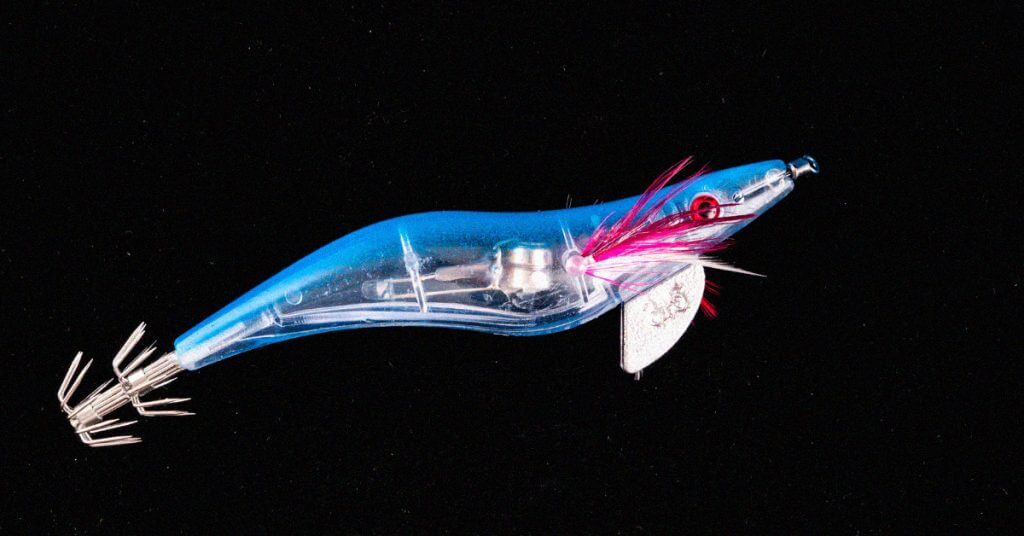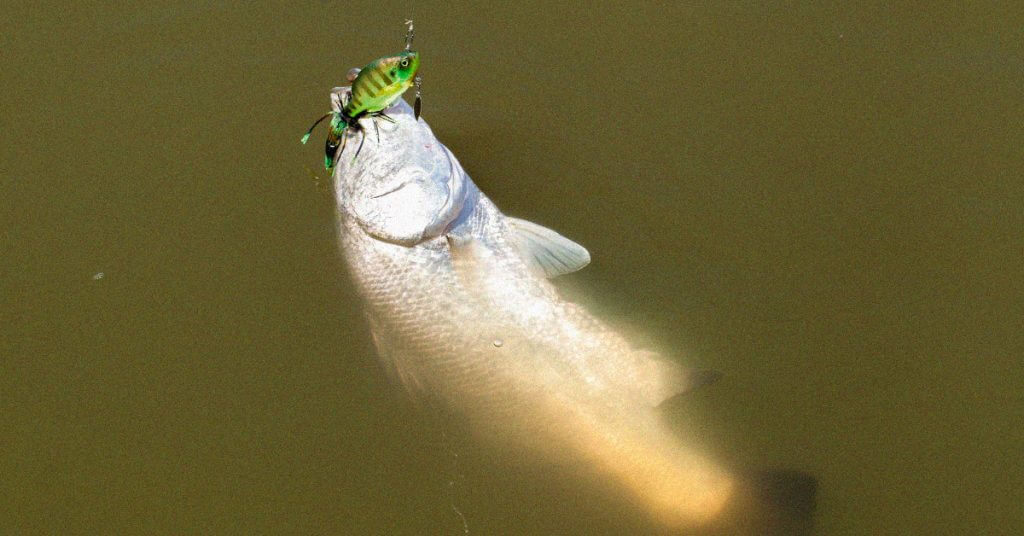One of my favorite times of the year to fish is during the spring or prespawn.
The main problem is I love power fishing (fishing fast with lures like crankbaits and spinnerbaits), but in the spring, when the water is just starting to warm, bass aren’t always active enough to use a fast-moving lure.
However, learning how to fish a lipless crankbait allowed me to cover a lot of water even when the water temperature was cool, and the fish were less active.
I’m now here to pass that knowledge on to you.
Let’s learn how to catch more bass when others are forced to fish slowly!
How to Fish a Lipless Crankbait for Bass
In this YouTube video, Anglers.com Community Coordinator Wesley Littlefield teaches us how to fish a lipless crankbait.
I stress this with many fishing techniques, but it’s essential to keep it simple. You can talk to 10 different bass anglers and learn ten ways to fish a lure.
My strategy is always not to overcomplicate fishing.
I use a few different lipless crankbait techniques: the straight retrieve, Yo-Yo method, and stop & go method.
Let’s tie on a lipless crankbait and get to fishing!
Steady Retrieve
The straight or steady retrieve is the simplest way to fish a lipless crankbait.
Step 1
Cast it as far as you can in shallow water, less than eight feet deep.
Step 2
Let it sink to the bottom. If you’re fishing a grass line, you don’t have to let it fall to the bottom.
Step 3
Begin to reel it in. You want to feel the lure bouncing off of the bottom, so begin with reeling slowly, and if that’s not getting you bites, then reel a little faster.
Step 4
Repeat the process
Yo-Yo Method
The Yo-Yo method, sometimes called “worming,” is much slower than a steady retrieve but it’s not complicated.
Step 1
Cast out the lipless crankbait and let it sink to the bottom.
Step 2
Reel up the slack and use your rod to pull the lure off the bottom and let it sink again.
Step 3
Continue the Yo-Yo motion until the lure is back to you.
Stop & Go
The stop & go method imitates injured baitfish darting forward only to sink to the bottom. I think of it as a hybrid between a steady retrieve and the Yo-Yo retrieve.
Step 1
Cast it out and let it sink to the bottom.
Step 2
Begin reeling, then randomly stop and let it sink back to the bottom. If you’re fishing in a little deeper water, you don’t have to let it fall to the bottom. Just pause for a full second and then begin reeling again.
Step 3
Repeat step 2 until you have retrieved the lure.
It’s important not to get stuck on one method when bass fishing unless it’s what’s getting bit!
The strike zone will change throughout the day, so you might have to begin with the Yo-Yo method and switch to slow-rolling it along the bottom later in the day.
Learning how to fish lipless crankbaits will put more fish in your hand no matter the time of year.
What is a Lipless Crankbait?
A lipless crankbait is a flat-sided crankbait without a bill or lip.
Most lipless baits sink to help them get deeper in the water column since they lack a bill to help them dive deeper.
The lack of a bill helps reduce getting snagged in the grass, which is why they’re often used around submerged vegetation.
However, they have two treble hooks, so they’re still prone to snag, but it does have a high hookup ratio.
The flat sides cause the action of the lure to be a tight wobble. This means it doesn’t have a wide wobble as much as a round crankbait like a Wiggle Wart.
Some lipless crankbaits have a knocker that helps get the bass’s attention. The loudness of the lure depends on the brand and specific lure you buy.
Some days fish want the loud one, and some days fish want the quiet one.
When to Use a Lipless Crankbait
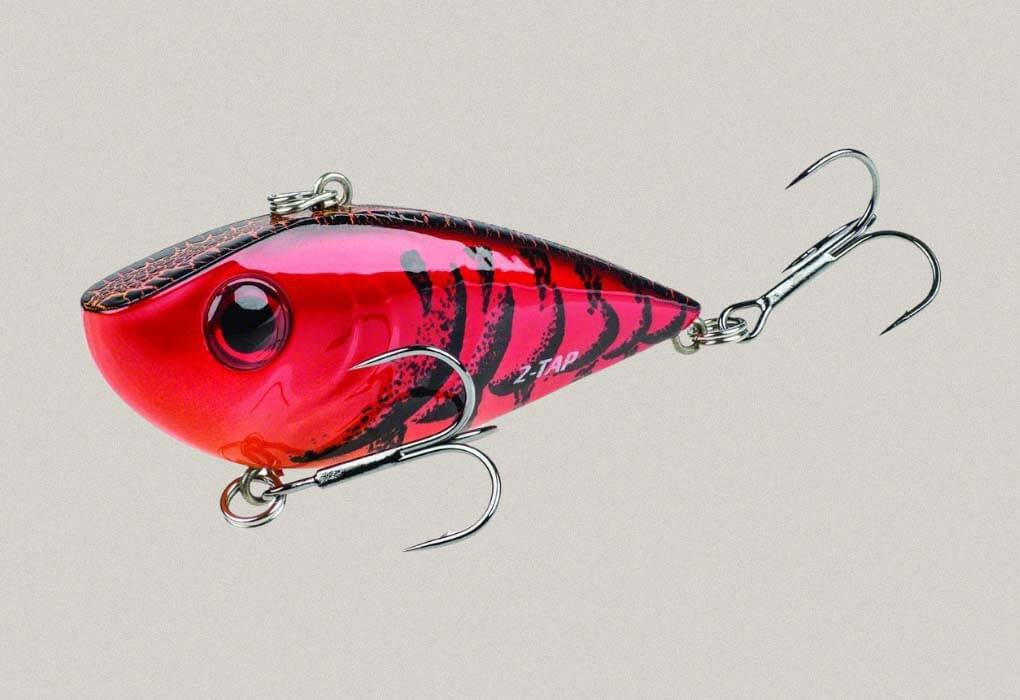
A lipless crankbait can be used any time of the year, but there are a few times when it truly shines.
Fishing Lipless Crankbaits for Bass in Spring
Springtime bass fishing is the best time of year to catch big bass because they’re feeding up before they spawn.
It’s also the time of year the lipless crankbait is most effective. The tight wobble perfectly imitates baitfish such as bluegill and shad or crawfish, the primary source of food during the spring.
Fishing Lipless Crankbaits in Summer
Most anglers leave a lipless crankbait in their tackle box when summer bass fishing. I think that’s a big mistake.
It can still be a highly effective lure, especially when fish become lethargic due to the heat.
Fishing it along rocky or grassy ledges is one of the best ways to get a bite on a hot summer morning.
They’re also an excellent lure to target suspended bass in open water.
Fishing Lipless Crankbaits in Fall
As the water begins to cool, many anglers get back to using a lipless bait.
The bass have often followed shad back to shallow waters and feed for the winter.
Burning a crankbait will lead to some fantastic fall fishing days.
Fishing Lipless Crankbaits in Winter
Crankbaits aren’t your typical winter fishing lure; however, since you can fish a lipless crankbait slowly, they can be effective in cold water.
Where to Fish Lipless Crankbaits

Knowing where to use a lipless crankbait will save you a lot of frustration.
Lipless crankbaits are just as versatile as a squarebill crankbait, meaning there are many locations where a lipless bait will be the best crankbait to use.
Grass
While crankbaits are not the best fishing lure to throw in the grass because they get hung up, along the edge of a grass line is one of the best places to use a lipless crankbait.
This is because lipless crankbaits come through submerged vegetation much better than squarebill crankbaits and deep diving crankbaits due to the lack of a bill.
When you get snagged in the grass, it usually just takes a couple of good twitches of your rod tip to get it free.
I primarily cast parallel to the grass line and into little pockets that I can see via my fish finder or with my eyes.
Rocks
Fishing around rip-rap is another excellent location for lipless crankbaits.
They’re designed to bounce off of rocks well, similar to a squarebill, but they can be fished in deeper water than squarebills because they sink.
The main thing to remember when fishing rocks is to keep in contact with the rocks; this sporadic bouncing action triggers a lot of bites.
Open Water
I also use lipless crankbaits to troll with for white bass and hybrids. Now and then, I’ll stumble across a largemouth bass when trolling up a river.
However, whenever I troll for walleye in Michigan, I’ll catch smallmouth on lipless crankbaits too.
So if you have a fishing boat, don’t overlook open water trolling with a lipless crankbait.
Lipless Crankbait Rod & Reel Setup
The lipless crankbait setup is vital, but if you don’t have the perfect baitcasting combo, don’t worry because I’ve caught a lot of fish on several rods and reels.
The best combo I’ve used is a medium-heavy, moderate-action rod with a 6:1 gear ratio crankbait reel.
The medium-heavy rod has enough backbone to get the fish in, and the moderate action rod tip won’t rip the hooks out of the bass’s mouth.
I think a 6:1 reel is the best gear ratio for crankbaits because it allows you to fish it slow or fast.
12-pound fluorocarbon is the best line for lipless crankbaits, but monofilament will work.
Do not use braided line without a leader because it will get tangled in your hooks when you make a cast.
Trust me, I’ve made that mistake before, and I spent more time messing with my line than fishing.
Lipless Crankbait Fishing Tips
I typically have to learn the hard way; thankfully, when it comes to fishing, I can learn from other people’s failures and successes.
That’s especially true for fishing a lipless crankbait.
Here are a few lipless crankbait tips I’ve learned the hard way and from others.
Choosing the Right Color
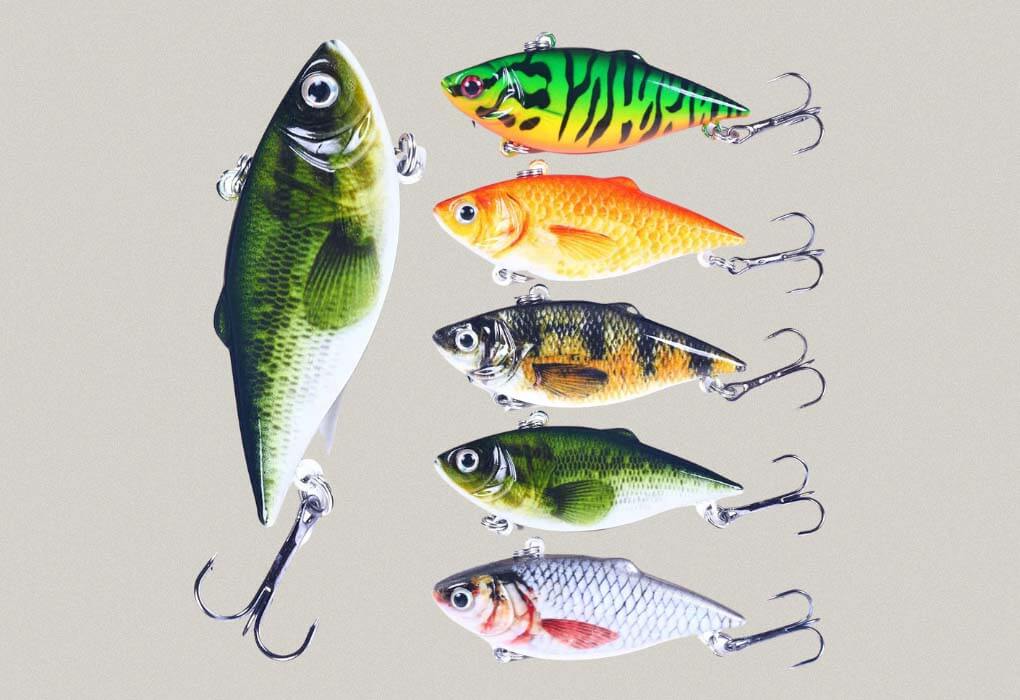
Color matters.
You should choose the color of your lure based on water conditions and time of year.
Clear Water
In clear water, I stick with as natural colors as possible. If there is five or more feet of visibility, I’ll use translucent lures at times.
Murky Water
In murky water, I like to use natural colors mixed with bright and dark colors.
Sometimes that means they want black and blue mixed with green pumpkin, and other times, they want silver with chartreuse.
Muddy Water
In muddy water, dark colors or bright colors are best. They provide the most contrast and allow bass to see the lures in less than ideal conditions.
It’s also wise to use a louder lure in these conditions, which we will discuss below.
Spring Fishing Colors
In the spring, the color fire craw or a lipless crankbait with a black top, red side, and yellow belly is one of the best colors to throw.
People speculate as to why it works, but I can confirm that it works.
Another springtime favorite is anything that resembles bluegill. So the greens with chartreuse are another excellent option.
Summer Fishing Colors
As bass move offshore, shad colors become one of the best color choices. So using white, silver, or chrome will be the best option.
Fall Fishing Colors
I use bluegill and shad patterns as my primary color choices in the fall. This is because these are the two primary food sources during this time.
Choosing the Right Sound
As I mentioned earlier, lipless crankbaits often have rattles that create a sound as they wobble back and forth in the water.
The concept is similar to a vibrating jig.
Sometimes this sound will cause a bite, but other times it will drive fish away, so it’s important to know when to throw a loud lure vs. a quiet lipless lure.
Loud Lures
I throw loud rattle baits when the water is muddy, it’s really windy when there is a current, or the water is warming.
The sound helps get the fish’s attention when it can’t see as well, or there is a lot of sound from the environment.
Moderately Loud Lures
I use these lipless lures in murky water or moderate winds in cool water.
In these conditions, the lure doesn’t need to draw as much attention to itself, so using a quieter lure is usually the best decision.
Quiet Lures
I throw quiet lures in clear water on calm days or when the water is cold or cooling.
A quiet lure best imitates baitfish under these conditions.
It’s good to keep in mind that fishing is an art, not a science. Just because it worked for you under these circumstances one day doesn’t mean it will always work under similar circumstances.
How to Tune a Lipless Crankbait
Sometimes you’ll see that your crankbait is not running straight.
You might notice it coming to the surface on its side or just pulling to one side.
There is an easy fix.
Get a pair of pliers and, pinch the metal ring that the split ring is attached to, slightly bend it in the opposite direction that the bait is running in.
So if it’s going to the left, bend it to the right and vice versa.
It’s best to make minor adjustments because it’s easy to overcorrect, and then you’re in the same situation.
I tune it a little, make a couple of casts, and then adjust it if it needs to.
Frequently Asked Questions
When should you throw a lipless crank?
You should throw a lipless crank when the water is cool or extremely hot. That’s why lipless cranks excel in early spring, the middle of summer, and late fall.
How deep will a lipless crankbait dive?
A lipless crankbait will dive as deep as you let it. Most lipless crankbaits sink, so you can theoretically fish them as deep as you’d like.
However, you must remember that the fishing line and rod angle have much to do with how deep your lure will run.
What is the difference between a lipless crankbait and a crankbait?
The difference between a lipless crankbait and a crankbait is the bill. A lipless crankbait doesn’t have a bill or lip, while a traditional crankbait does.
Where can I throw a lipless crankbait?
You can throw a lipless crankbait anywhere you would throw a squarebill, so around rocks and laydowns, plus in open water and along grass edges where a billed crankbait would typically get caught in the grass.
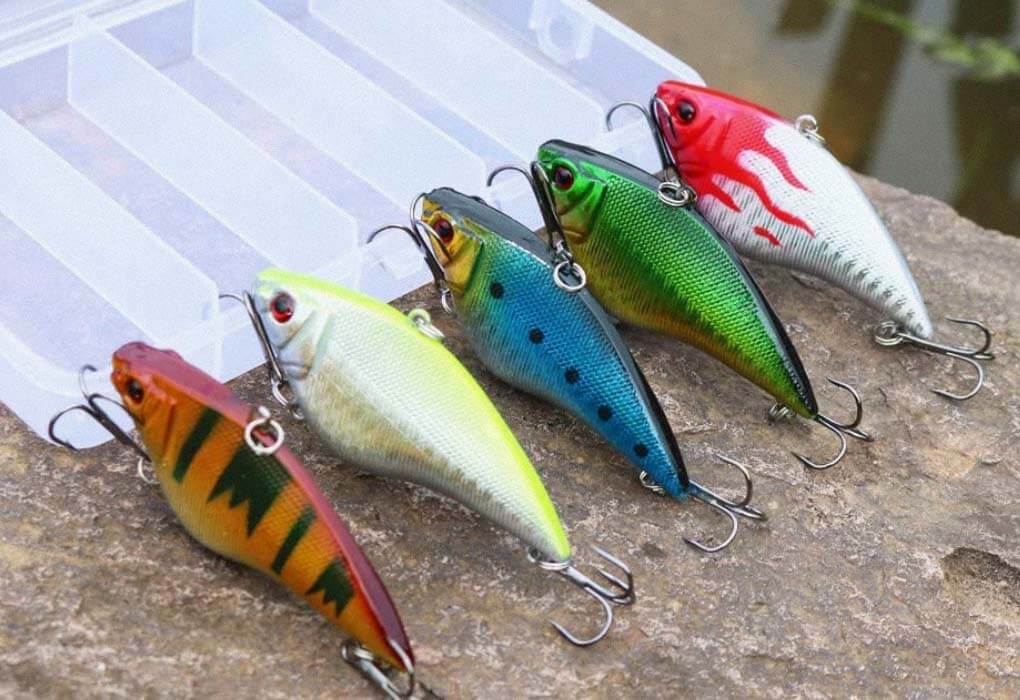
Last Cast
If you plan to fish during the spring or fall, you must learn how to fish a lipless crankbait.
Otherwise, you’re missing many opportunities to catch a lot of fish and biggun’s too.
There are many different brands, from the Strike King Red Eye Shad to the ole Rat-L-Trap; test out several and decide which one you like best!
I’m always looking for another crankbait so if you have a favorite lipless crankbait, let me know what it is in the comments!


